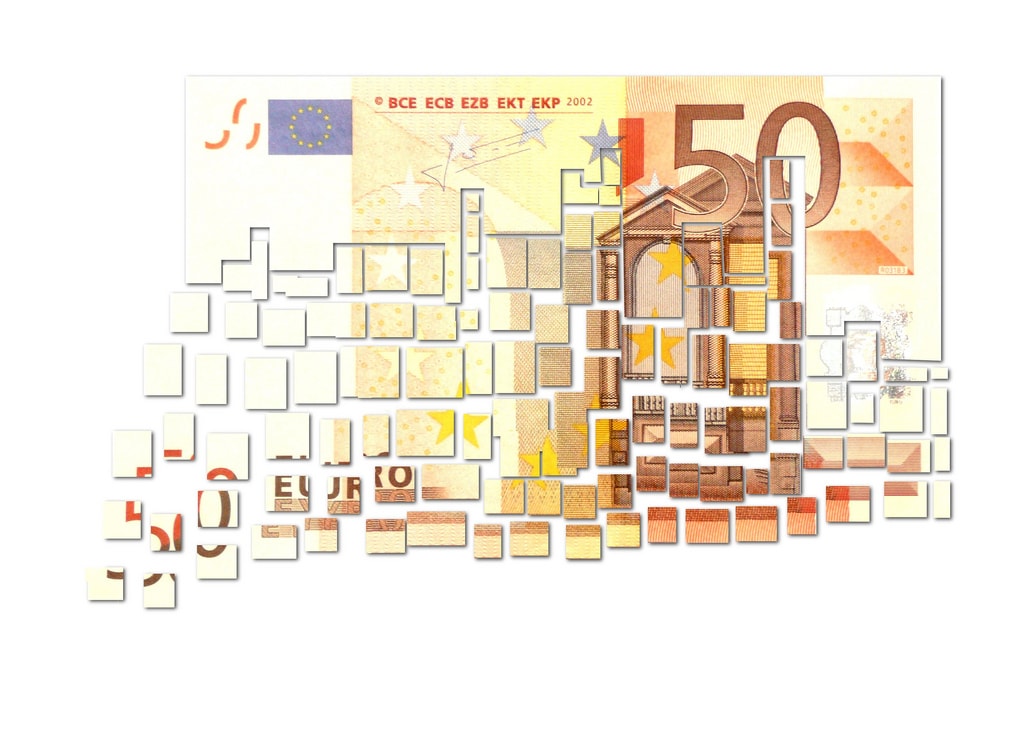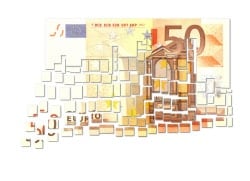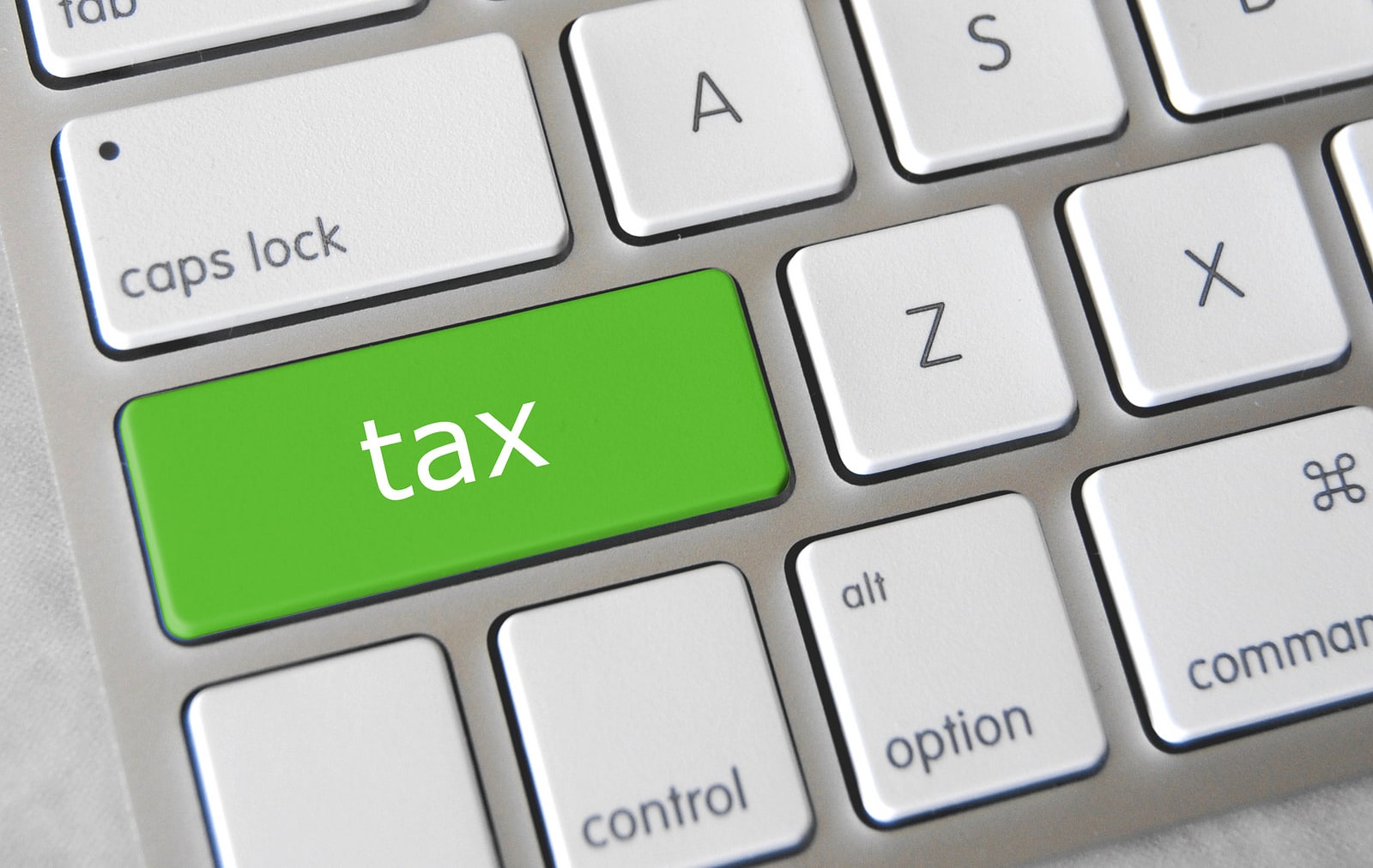Blendle Will be the Next To Show That Micro-Payments Still Don’t Work

 Techcrunch reported on Tuesday that the Dutch new startup Blendle is going to have a chance to show whether micropayments work on a large scale:
Techcrunch reported on Tuesday that the Dutch new startup Blendle is going to have a chance to show whether micropayments work on a large scale:
Blendle, a Dutch startup that’s applying a Netflix style marketplace to journalism, has signed up the mainstay of German publishers to its pay-per-article market. It said today that all major newspapers and magazines in the country have announced they will start selling individual stories via its website. The list includes Bild, Die Welt, National, Der Spiegel, Die Zeit to name a few.
Blendle launched its service in April 2014 in the Netherlands and now has more than 300,000 registered users, up from 130,000 last October. On the publishers side, it has signed up a total of 18 daily newspapers and 15 weeklies from 14 publishing houses — with two operational markets (Holland and Germany), and English-speaking media in the U.S. next on its hit-list.
For those just tuning in, micropayments are a particular type of paywall where a consumer pays for access to a single article rather than access to an entire website.
Micropayments have been bandied about as a business model in the news industry since 1998. Guess how many times it has been successfully tried in the past 17 years?
If you guessed zero, you would be correct.
The idea didn’t work when Kachingle (remember them? exactly) tried it in 2009. It also didn’t work during the first tech bubble when Cybercoin, Millicent, Digicash, Internet Dollar, BitPass, FirstVirtual, Pay2See, and many others crashed and burned (as detailed by Clay Shirky in 2003). Micropayments also didn’t work for PaperC (they sold textbooks by the page).
Nevertheless, the idea keeps coming back every few years. And just as predictably, pundits have been pointing out why the idea won’t work. (TechCrunch even weighed in back in 2009.)
I’ll boil it down for you. It all comes down to psychology.
While you could blame the tech bubble for the earliest failed attempts, the idea continues to flop not because the tech wasn’t ready or because the prices were too high but because no one has found a way to reduce the mental costs paid by the consumers.
Nick Szabo coined the term mental transaction costs to describe the process consumers go through when they decide to whether something is worth buying or not.
Take, for example, a cheeseburger at McDonalds; is it worth $5? If I offered it to you buy one get one free, would it be worth buying then?
The time you spent contemplating the value of that cheeseburger is an example of mental transaction costs. No previous micropayment has managed to reduce this cost; instead, as Clay Shirky pointed out in 2003, the mental transaction costs increase as the price drops.
While that might sound contradictory it does explain why you might be more willing to buy a $300 gadget than pay $1 for an app (The Oatmeal’s comic is funny because it’s true), and it’s not good news for services like Blendle.
From what I read about Blendle, they have not found a way to reduce the mental transaction costs. Rather, their platform doubles the cost.
First a consumer has to decide if an article is worth paying for, and then after they’re done they will get to decide if they want to ask for a refund. While that is intended to act as a negative reinforcement feedback loop to discourage clickbait, it is also going to double the aggravations placed upon the consumer.
That added cost could cause Blendle to fail even faster, but either way I am expecting Blendle to prove once again that this idea simply won’t work.
Thoughts?
image by photosteve101


Comments
Dan Meadows June 9, 2015 um 4:13 pm
Nice work. It’s been to my great annoyance lately too see micropayments schemes re-emerge into the conversation. This thing, though, wow. I’m no fan of paywalls in general, but this is worse. I’m assuming the articles are locked behind some kinda hard wall. That would mean the only reads they’re getting will be whatever small percentage of registered users to the service choose to buy each article. And even then, refunds! The transactional costs are difficult enough just selling stuff this way. I can’t even imagine what adding a refund option will do to that. And then factor in what it could do to their advertising. Likely nothing good. Better off with a straight paywall. This adds multiple layers of inconvenience between people and their money. And avoiding inconvenience will almost definitely have more value to the reader than whatever pittance per article they’re trying to collect.
I’m not sure there’s a much better example of an idea that has done nothing but repeatedly fail, often spectacularly, yet keeps getting trotted out on the regular. But hey, save this article. All you’ll have to do is change the names and it’ll totally apply to somebody in 2020.
Nate Hoffelder June 9, 2015 um 4:42 pm
Thanks!
What’s funny about this post is that I basically rewrote a couple of the posts I linked to. We’re literally recycling the same arguments because they’re still true.
Mackay Bell June 9, 2015 um 9:01 pm
Micropayment’s have worked for music in iTunes (at least until the record companies started pushing free in subscription services to undercut iTunes). Even with free music everywhere, over a billion micropayments were made last year for .99 cent songs. So it can work.
Micropayments also works in Apps to the tune of billions of dollars a year.
The Oatmeal cartoon is funny, and there’s a little truth to it, but people will pay for apps and songs, they just might not pay for the app or song your think they should.
Also, hundreds of thousands of ebooks are selling for .99 cents every year. (Though a lot of people complain they should charge more).
The issue of newspapers and pay per article is very different. It has been proven that people will pay for critical business information, and that’s where paywalls work best. But general news? I don’t think it’s so strange people are resistant.
Big newspapers, like the NY Times, like to pretend that they are there in service of the people, but they are mostly in service of established interests. They are, in effect, a PR organization for the rich and powerful.
People don’t want to pay for spin. They don’t want to pay for ads. If you write about a new movie that is coming out, odd are your trying to convince people to buy a ticket. People shouldn’t have to pay to here your sales pitch.
Likewise, an awful lot of what passes as news is basically a pitch for various organizations. News about Hillary’s campaign, news about what the pentagon wants to do in the Middle East, news about what other people think you should be thinking about. I don’t see why people should have to pay for that "information" which is often thinly veiled spin. Sure, the NYTimes tries to wrap it all up in a package where you spin is snuck in with "objective" news, but still, they’re primarily in the business of selling opinion. People used to be willing to pay for that, because there was just enough information they wanted that they couldn’t get elsewhere.
Now they can get it elsewhere. If they are interested in a topic, there is plenty of information about it on the internet. It may not be written by professional journalists, but that’s the other problem, professional journalists don’t always do a better job writing about this stuff.
There are some independent journalists who manage to make a living through subscribers and tip jars (more mirco payments). Not a lot. Why? Because there aren’t that many people giving out information that people really can’t live without, or feel a strong enough connection to they are willing to pay.
And, while journalists complain they can’t make enough money through advertising, there are plenty of sites that are based on an advertising model, like the Huffington Post, who are creating enough content to give people options.
Can micro payments work? (Other than in music or apps or games or 99 cent ebooks where it is working?) Yes, I think it could in other areas. Fiverr is a good example. If kids could customize little action figures or dolls on their computer and have them shipped to their homes for $1.99, yes that would work.
In conclusion, I don’t think it’s just about the low cost of micropayment. I don’t think the vast majority of people feel they should have to pay for information. I think they assume (most often correctly) that whoever is passing on the information has an agenda and that agenda should be it’s own reward.
Dan Meadows June 9, 2015 um 9:27 pm
I don’t really consider 99 cents, or a couple dollars to be micropayments, at least not in the same sense that trying to sell individual reads at 7 cents or 12 cents or 20 cents, what have you, are. And Apple was doing some fairly shady stuff like compiling multiple transactions into one bulk one to avoid credit card transaction fees (Not sure if they still do. I do know credit card companies threw a fit and have rules in place to block it now.) Music is much different in that news-type articles are basically perishable, one-and-done, where you can listen to a song over and over ad infinitum. I think that when you get into a dollar up in price, that’s not really a micropayment, it’s just a low price.
Mackay Bell June 10, 2015 um 5:17 am
Well, at the time, 99 cents was considered a micropayment, and discussed as such by Steve Jobs when iTunes came out.
But even if one argues 99 cents isn’t a micro payment, it seems to me the issue isn’t whether people will take advantage of micro payments, but what they are willing to buy with them. If people are willing to buy songs for 99 cents, they would very likely be happy to buy them for 25 cents. Same with apps, ebooks, etc.
In this specific case, they seem to expect people to pay out in advance 20 Euros and then pay something like 20 Euro cents per article (about 28 cents USA). It’s going to fail, most likely, simply because people aren’t going to way to pay for what they have to offer. It sounds like what they will generally offer is news and commentary of a sort that people are willing to read, but not pay for.
There seems to be this odd notion out there, that if someone is willing to pay $9.99 for a thriller novel that is 80,000 words, they should be more than happy to pay 25 cents for a 2,000 word article about the war in Syria. As if there is some value specifically to words and that even a remote interest in reading someone’s words means you have an obligation to pay them.
But the way it really works is more like this. If you are walking through a park and someone is playing music, you might listen to it, you might even enjoy it. But if they insist you pay them, or they’ll stop playing, in most cases, you’ll probably refuse. And it doesn’t matter so much if it’s 25 cents or a dollar or 10 dollars. If you wanted to pay to hear music, odds are you would go somewhere else and listen to something else.
People paid for newspapers because they were information delivery devices. They were paying for the delivery system. Most of the time, they were only interested in a few parts of it, sports scores, comics, stocks. The rest they would read or skim through because it was available.
The internet is more like the park. People walk through it. They read the stuff posted for everyone to see. If you suddenly insist on a payment, most of the time they’re just going to move on. The news most of these companies are wanting to sell, is simply not compelling enough for people to want to buy.
Could a company charge micro payments for Photoshop Tips? Pay $10 and then 25 cents per tip? Possibly. That might work if the tips were good enough. Would that work with erotic short stories? Maybe. But there isn’t a lot of pressure to test that out, because people already have shown they will pay larger sums for a book of short stories and for a book on Photoshop Tips.
The only reason newspapers are talking about micro payments is because they’ve already found out that people won’t pay for subscriptions, or pay larger amounts for a days access. So they hope that if they make it cheap enough, people will pay something.
Yes, I think Nate and the Oatmeal are right, that there is an mental transaction cost to even very small payments, perhaps even greater than for a larger payment.
But the bigger issue is people simply don’t want to buy what they want to sell. Long before the internet, newspapers lost much of their reason for being. They disdained the very things that historically brought them popularity, like comics, serialized stories, gossip, political muckraking, etc. They got used to the idea that they would decide what people should be interested in, and people should be happy to pay to read what they wanted. Now that people have a choice, they are scrambling for relevance.
But whose going to pay for all this fine reporting from the Times? Well, that’s the Times problem to figure out. They clearly haven’t made a good argument that if they disappear, the average person will miss them.
Nate Hoffelder June 10, 2015 um 1:38 pm
That is probably the best explanation for why micropayments haven’t worked for news that I have read anywhere.
Zetmolm June 10, 2015 um 7:52 am
Blendle’s CEO was one of the guests in a late night talkshow on Dutch national TV yesterday. A young and very enthusiastic guy, but he was also quite realistic about his chances. Investors gave him 3 million euros to 'spend as quickly as possible', but these investors also accept the fact that 90% of the startups they give money to will fail. He is going for it, but is more than aware that there is absolutely no guarantee that he will be among the 10% that will earn money for their investors.
He was a bit like a boy who is surprised that he is allowed to have his dream adventure.
Alexander Klöpping June 10, 2015 um 7:55 am
Founder of Blendle here. As Clay Shirky, whom you refer to in your article, said: "This is the first interesting micropayments idea I’ve seen in 15 years" https://twitter.com/cshirky/status/605576180851314688
I think you have to use Blendle, to understand it’s UX. To understand how it feels.
Leonieke June 10, 2015 um 11:27 am
I’m a fairly frequent user of Blendle: reading articles from magazines and newspapers equally. I no longer need a subscription, because I pick-and-choose the articles I want to read. The whole 'refund of money' hardly ever comes into play. You choose to read an article, and yes, you pay for it, but there is no continous conscious choice for me if I want a refund for each of these articles I read.
Micropayments in Blendle are almost secondary, reading the articles is the primary action!
On Judging Whether Subscription eBooks Work | Ink, Bits, & Pixels June 26, 2015 um 6:00 pm
[…] examples of the model having been tried and failed. Remember a few weeks ago when I argued that micropayments wouldn't work, and named all those failed startups as […]